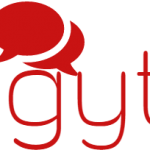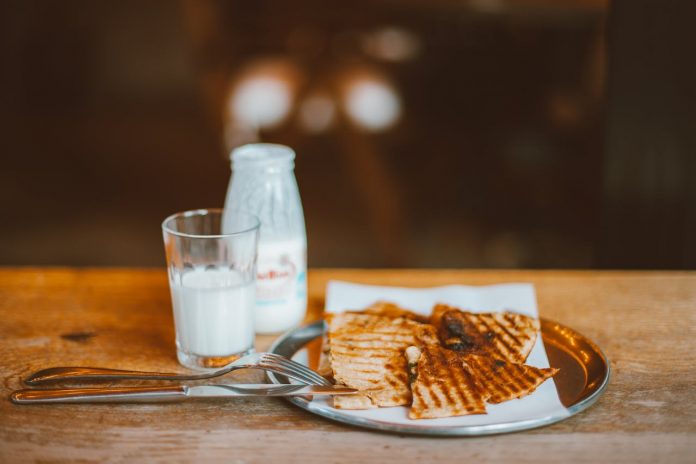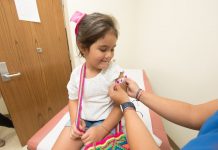Raw milk is often promoted as a healthier alternative to the pasteurized version. Supporters claim it contains more nutrients, probiotics and enzymes that help with digestion and may even prevent conditions like asthma and allergies. Some people prefer raw milk as they believe it is more natural and less processed than pasteurized milk. However, it is important to question whether raw milk is truly healthy.
Bird Flu Threat and Raw Milk
Health officials have lately sounded alarms about raw milk and especially as bird flu like the H5N1 virus that has been found in the U.S. milk supply. Pasteurization effectively kills harmful pathogens like viruses and bacteria while raw milk does not undergo the crucial process.
The H5N1 virus was first detected in milk earlier this year even though the virus was dead, thanks to the pasteurization process. But the real issue lies with raw milk as it remains a risk for spreading infections.
Why Pasteurization Is Necessary
Pasteurization is a process where milk is heated to a high temperature for a short period. It kills off harmful bacteria, viruses and pathogens as the method was developed more than a century ago to make milk safer for consumption. Raw milk can harbor dangerous bacteria like E. coli, Salmonella and Listeria without pasteurization. All these may lead to severe illnesses.
Researchers found traces of the virus in cows’ milk when bird flu outbreaks occurred on dairy farms and especially around their mammary glands. Viruses like H5N1 can survive in raw milk and consuming it can potentially expose people to the pathogens. The risk is more particularly in environments like farms where contamination is likely.
Raw Milk and Health Risks
One notable concern with raw milk is that it can lead to foodborne illnesses. The risks far outweigh the benefits even though many raw milk advocates claim that the milk is free from harmful chemicals and preservatives. Diseases such as tuberculosis, listeriosis and gastroenteritis were common in the pre-pasteurization era. Raw milk continues to be far more likely to carry bacteria that can make people sick.
Outbreaks in 2023 and 2024 were linked to raw milk and it has already caused illnesses in more than 100 people. Many affected individuals were children and particularly vulnerable to foodborne diseases. The risk is real even though it is claimed that raw milk boosts immunity and improves health. The scientific evidence does not support the ideas. Experts from institutions like the University of Wisconsin and the Centers for Disease Control and Prevention (CDC) warn against consuming raw milk due to the potential for severe health consequences.
Myth of Probiotic Benefits in Raw Milk
A common claim made by raw milk supporters is that it contains probiotics. These are beneficial bacteria that help with digestion and immunity. However, not all bacteria are beneficial and raw milk is more likely to contain harmful bacteria. Probiotics must be non-pathogenic to become beneficial. The bacteria found in raw milk can carry dangerous pathogens.
There are safer ways to obtain probiotics such as consuming pasteurized dairy products like yogurt or kefir. These products are fermented and gives probiotic benefits.
California’s Raw Milk Controversy
California has been a hotbed of debate over raw milk. It allows the sale of raw milk even though it has not come without consequences. The state faced a significant scare last year when raw milk seller Raw Farm LLC was found to have contaminated products and was tested positive for bird flu. No human cases of bird flu have been linked to milk consumption so far, but the potential for transmission remains a concern.
CEO Mark McAfee argued that the recall was an overreaction and insisted that no one had gotten sick. Health experts disagree as the reality is that raw milk can be a potential source of infection and taking preventive measures to avoid exposure is the responsible course of action.
Danger to Vulnerable Populations
Some people are more vulnerable to the dangers of raw milk than others. Infants, young children, elderly and pregnant women have weaker immune systems. Hence, they are more susceptible to illnesses caused by pathogens in raw milk. The risks associated with consuming raw milk are more for them and particularly severe.
The consumption of raw milk can lead to symptoms like stomach cramps, diarrhea, vomiting and fever even for healthy adults. These are unpleasant but manageable in many cases. However, people with compromised immune systems or undergoing cancer treatment or those with HIV can find even a mild infection dangerous.
Why the H5N1 Virus Is a Serious Concern
Bird flu has not yet led to widespread human cases in the U.S., but it has caused major concerns among health officials. H5N1 is the strain of bird flu that is currently spreading among birds and animals. Transmission from animals to humans has mostly occurred among workers in close contact with infected animals. The virus has the potential to mutate and become more contagious. The consequences could be catastrophic if that happens.
Officials are urging caution now and especially with regard to raw milk as it has the potential to transmit bird flu if it comes into contact with infected animals. It is a risk that simply is not worth taking.
Verdict
Raw milk has its advocates and certain appeals, but the risks far outweigh any perceived benefits. It is more important than ever to stick to pasteurized milk to ensure safety amid bird flu and other diseases making headlines.
The claim that raw milk offers superior health benefits simply does not hold up under scientific scrutiny. There are safer options that don’t involve the dangers of raw milk. It is better to be safe than sorry when it comes to your health.





